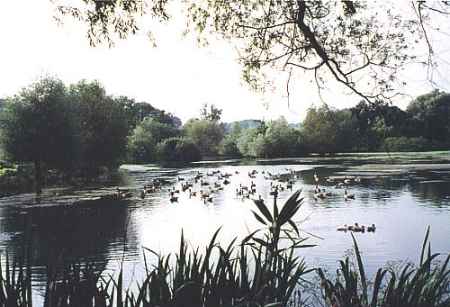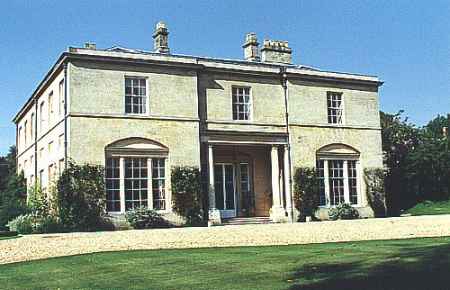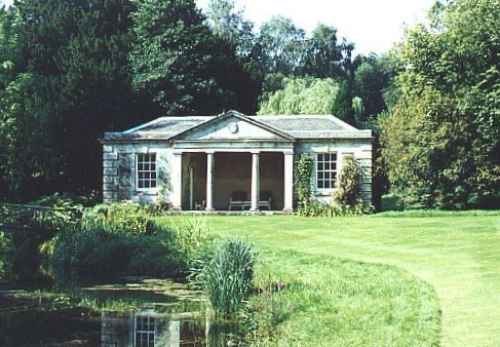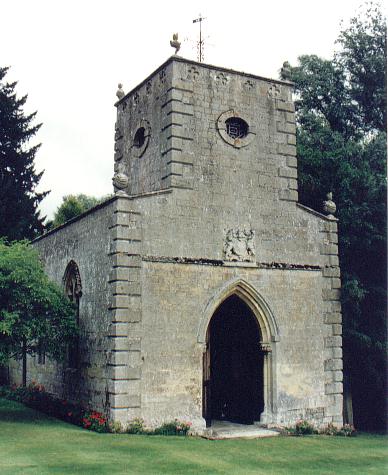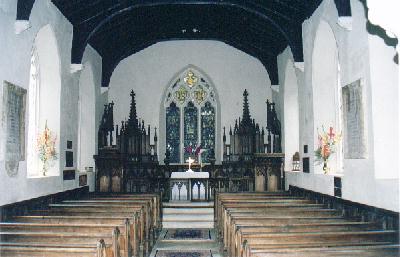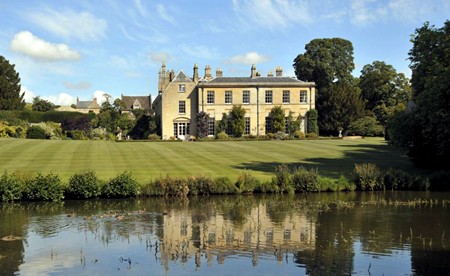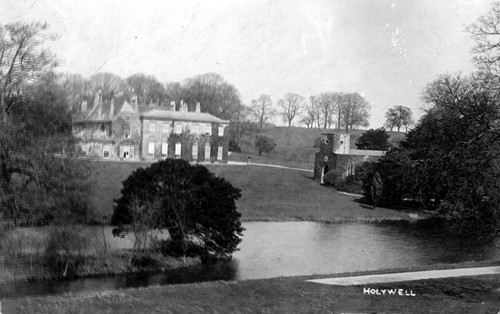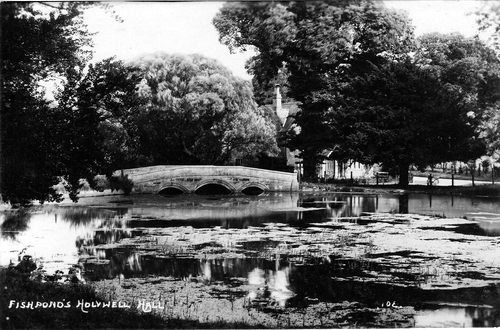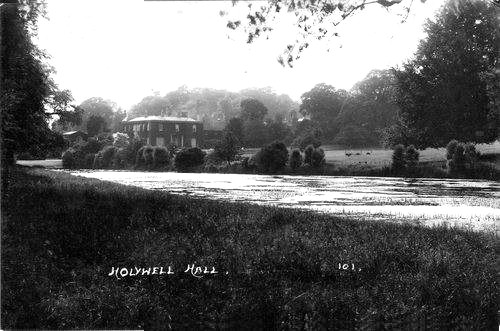|
Holywell
According to the Domesday Book, Earl Morcar, brother-in-law of King Harold, held land in
Bredestorp in which was the famous well, later known as Helewell from its healing properties although the name
Bredestorp seems to have been dropped in later years in favour of Holywell. Earl Morcar, whose name is still attached to Morkery Wood a few miles to the west, was deprived of his estates when he joined his uncle Hereward the Wake in the resistance against the Normans at Ely in 1070. In 1071, these lands were then given by William the Conqueror to his half-sister's Flemish husband Drogo de Brewere, builder of the castle at Castle Bytham, but he was forced to flee from England when he killed his wife and the estates were handed over to Stephen, son of the king's half-brother Odo, Earl of Albermarle and Bishop of Bayeux. The estate was then bought by Sir Abraham Reynardson (1590-1661), who was Lord Mayor of London in 1649, although he never actually took up residence. His grandson, Samuel Reynardson (1704-1797), a Fellow of the Royal Society, was the first member of the family to actually live there after the estate was given to him in 1732 on the occasion of his marriage by his sister who had inherited it from her father and he was responsible for much of the work on the present building and it was probably he who also laid out the gardens and built the temples in the London-Palladian style as a wedding present for his wife. His grand-daughter Mrs E A Birch-Reynardson (1778-1854), whose husband John Birch Reynardson was Rector of Careby and Holywell for 70 years, also made many alterations. Her grandson was Colonel Charles Birch-Reynardson (1845-1919), a local magistrate and Squire of Holywell from 1889 until his death. Ownership then passed to his grand-daughter, Agatha Isabel, the Honorable Mrs Mountjoy Fane, also a magistrate, who was born in 1903 and was the young widow of Lieutenant Colonel the Honorable J C W Mountjoy Fane (1900-1963), second son of the Earl of Westmorland. A more recent owner was Mr Philip B Lockwood, head of Lockwoods Foods Limited, the Lincolnshire canners, who was in residence during the 1970s and the house was bought in 1994 by the Russian émigré Prince Galitzin and his wife, Dr Jean Shanks, a lifelong friend of Margaret Thatcher, who chose it as their English rural retreat because of its secluded location. The princess died in 1999 and the prince in 2002 and the following year the estate was offered for sale for £7 million and was subsequently purchased by a private buyer. The estate was offered for sale again in September 2011 but this time the price had more than doubled to £14.75 million.
The present Holywell Hall, built from Clipsham stone and Collyweston slate, dates from the occupancy of the Reynardson family since when it has become one of Lincolnshire's true beauty spots. It is an elegant Grade II listed Georgian manor house with five reception rooms, ten bedrooms, eight bathrooms and a staff annexe. An elegant Regency front was added to the earlier building, originally largish and L-shaped and typical of this part of the county, with period stables, temples, an orangery and dovecote. The core of the original house remains with one gable end but extensive additions were made in 1732, 1764 and in the early 19th century. The most attractive feature of the grounds is the fishing temple by the lake with a pedimented Roman Doric portico and rusticated windows in the side bays. This building is identical to the menagerie designed by James Gibbs at Hackwood and published in his Book of Architecture in 1728.
St Wilfred's Church stands on the lawn south of the house as though it were one of its garden ornaments, a tiny building dating from 1700 and built with stone from the mediaeval chapel at nearby Aunby and so parts may resemble styles circa 1300 although extensive alterations were carried out 1863-4. This was once the parish church but was taken out of the Diocese of Lincoln in 1985 and is now part of the hall property although anyone who wishes to use it for a funeral, a wedding or a baptism, may do so provided they find their own priest. It has a short bell turret and an interesting east window of stained glass, a mosaic of small fragments excavated elsewhere from the 15th to the 19th centuries. The gardens at Holywell are a sheer delight and interested members of the public are invited in each year to enjoy them.
REVISED MAY 2013 Go to: Main Index Villages Index |
|||||||||||||||
